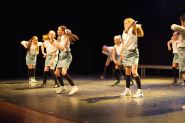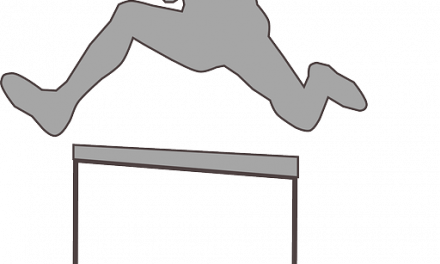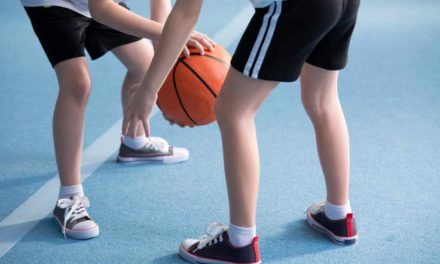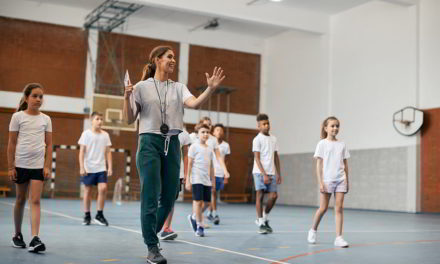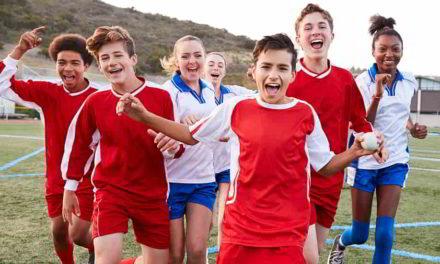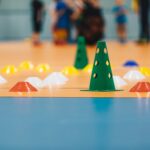As stated in the PE National Curriculum, dance is first taught to pupils from Key Stage 2. At this stage, pupils perform dances using a range of movement patterns, which is developed to where the pupils should be able to perform dances using a range of movement patterns at KS3.
When using the National Curriculum at KS4, the students should be able to develop their technique and improve their performance which means that their own knowledge of dance can be demonstrated by self-evaluation of their own performances.
The vagueness of description covered by the department of education (DfE) allows for the schools to develop their pupils in their own unique style. This will aid the children if they decide to take their dancing to the next level and participate in a club outside of school.
A wide range of styles are taught within schools, for example tap, ballet, contemporary, ballroom and break dancing, all of which have different grading systems. After the children have chosen which of these disciplines to pursue, they have to rank up through the grading systems. Using ballet as an example, the grading systems are from one to eight with the minimum age being seven years old.
The change seen in the National Curriculum at KS4 is when we look at the understanding and evaluating process asked of the students. This could potentially give the pupils the aspiration to pursue a career in dance.
The variety of different career pathways available to young aspiring individuals, for example performing, costumes, producing, choreographer, side of the stage, music and lighting. Although these careers are not in the view of the general public, both professional and amateur dance performances could not happen without individuals taking on these roles.
Although the diversity in schools allows for very different careers in the dance profession, there is no step by step performance pathway like there are for sports such as football or rugby, for example, allowing for greater freedom of expression.
Within schools, a variety of important skills can be developed through dance, confidence and performance along with self-expression when it comes to individual choreography. All of these skills developed can be highly beneficial to a pupil and may offer more of an appeal to those who are more reluctant to participate in competitive sport.

